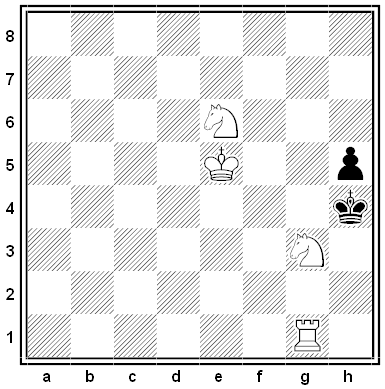1!, 22!, 23!, and 24! contain 1, 22, 23, and 24 digits, respectively.
266!, 267!, and 268! contain 2 × 266, 2 × 267, and 2 × 268 digits, respectively.
2,712! and 2,713! contain 3 × 2,712 and 3 × 2,713 digits, respectively.
27,175! and 27,176! contain 4 × 27,175 and 4 × 27,176 digits, respectively.
271,819!, 271,820!, and 271,821! contain 5 × 271,819, 5 × 271,820, and 5 × 271,821 digits, respectively.
2,718,272! and 2,718,273! contain 6 × 2,718,272, and 6 × 2,718,273 digits, respectively.
27,182,807! and 27,182,808! contain 7 × 27,182,807, and 7 × 27,182,808 digits, respectively.
271,828,170! 271,828,171!, and 271,828,172! contain 8 × 271,828,170, 8 × 271,828,171, and 8 × 271,828,172 digits, respectively.
2,718,281,815! and 2,718,281,816! contain 9 × 2,718,281,815, and 9 × 2,718,281,816 digits, respectively.
27,182,818,270! and 27,182,818,271! contain 10 × 27,182,818,270 and 10 × 27,182,818,271 digits, respectively.
271,828,182,830! and 271,828,182,831! contain 11 × 271,828,182,830, and 11 × 271,828,182,831 digits, respectively.
The pattern continues at least this far:
271,828,182,845,904,523,536,028,747,135,266,249,775,724,655!, 271,828,182,845,904,523,536,028,747,135,266,249,775,724,656!, and 271,828,182,845,904,523,536,028,747,135,266,249,775,724,657! contain 59 × 271,828,182,845,904,523,536,028,747,135,266,249,775,724,655, 59 × 271,828,182,845,904,523,536,028,747,135,266,249,775,724,656, and 59 × 271,828,182,845,904,523,536,028,747,135,266,249,775,724,657 digits, respectively.
(By Robert G. Wilson. More at the Online Encyclopedia of Integer Sequences. Thanks, David.)







